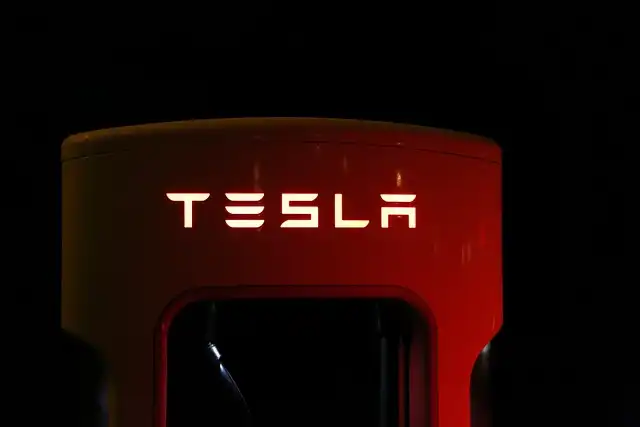EV Battery Range: How Heat Affects Electric Vehicle Performance

Extreme heat impacts EV battery range. Studies show range loss increases at 90F and 100F, especially in EVs with heat pumps. Parking in shade & pre-cooling can help mitigate impact.
Leaving your EV parked with a low state of charge isn’t ideal in any type of climate– chilly or hot. In summer season, the battery draws energy to cool itself, so it’s smart to maintain the charge around 50%, or even better, connected in with an 80% fee restriction. This helps keep battery health and wellness by maintaining those charge-carrying ions from dropping off.
Frequent likewise found that EVs with a warmth pump– a device that recycles waste heat without eating also much power– lose more array in summer season than EVs without a heat pump. Autos outfitted with a warmth pump lost 7% variety on standard in 90F and 15% in 100F. EVs without a warmth pump shed 3% array on average in 90F and 13% in 100F.
Heat’s Impact on EV Batteries
When it’s melting outside, the electrolyte in a battery– which enables the ions to take a trip throughout the charge and discharge cycles– chills out, creating energy to run away. The opposite happens when it’s freezing outside, with the electrolyte enlarging and restricting ion activity.
Think about it like cake batter– the cake will only taste fantastic if the consistency of the batter is ideal. Battery cells follow a similar concept, however have several redundant systems in position to make certain the uniformity does not go wrong.
Heat Pumps and Range Efficiency
That’s because heat pumps are maximized for cold-weather efficiency, not extreme warmth. They’re wonderful at maintaining the cabin cozy by repurposing waste heat from the drivetrain. Yet when the system is reversed to cool down the cabin in heat, it can become less efficient than a simpler, standard A/C setup.
The battery will still work at those temperatures, however it may be much less effective in transforming that kept energy right into meaningful variety and efficiency compared to when it is operating at more pleasant exterior temperature levels. Tesla, as an example, recommends proprietors to stay clear of subjecting its cars to ambient temperatures over 140F or -22 F for greater than 1 day each time.
While you’re out of town– attempt to park it in the color if you’re leaving the cars and truck parked for a prolonged duration– claim. That doesn’t suggest your EV will certainly thaw if it’s left outside, yet giving it a roofing system expenses is a smarter relocate when temperatures are rising. If it’s outside, the cabin will likely heat up, and you’ll have to blast the a/c to cool it down when you’re back, which is once more, ineffective.
Mitigating Heat Effects
Much of the Central, Midwest and Northeast united state is grappling with a hazardous heat wave today, with temperatures soaring above 90 degrees Fahrenheit (32 degrees Celsius), even hitting 100F (37C) in some locations. Cold weather is popular for impacting the variety and performance of electric vehicles, however severe warm such as this can additionally have its own repercussions.
Battery wellness and information start-up Recurrent launched a new research on Monday, evaluating real-world information from 29,719 EVs. It located that EVs certainly lose some range when the needle reaches awkward levels, however the array loss is minimal at 90F. When the mercury climbs to 100F, the variety decline is much more significant, although not as significant as when the polar vortex sets in.
Real-World Range Loss Data
Recurring likewise found that EVs with a heat pump– a device that recycles waste heat without eating excessive energy– shed more variety in summer than EVs without a heat pump. Cars geared up with a heatpump shed 7% range typically in 90F and 15% in 100F. EVs without a heat pump shed 3% range typically in 90F and 13% in 100F.
That’s since warm pumps are optimized for cold-weather performance, not extreme warmth. If it’s outdoors, the cabin will likely heat up, and you’ll have to blow up the A/c to cool it down when you’re back, which is again, inefficient.
Finally, EVs additionally shed added variety in severe warmth because we tend to use air conditioning for longer periods of time, which drains a lot more power from the pack. But modern lithium-ion batteries are incredibly advanced, with innovative air conditioning systems that maintain the cell temperature in check regardless of the weather exterior.
The typical array loss raises to about 15%when you bump that up to 100F. It can also be greater than 20% on some EVs like the Cadillac Lyriq. The Lyriq all-wheel drive with 319 miles of array might just provide 250 miles of genuine world range if subjected to 100F or even more for a long term period of time.
1 battery health2 electric vehicles back
3 EV battery
4 heat effects
5 range loss
« Classic Car Woes: Impala, Women, and SupernaturalTire Slit Spikes: Mystery on the Roadway »
